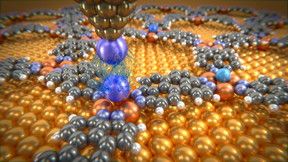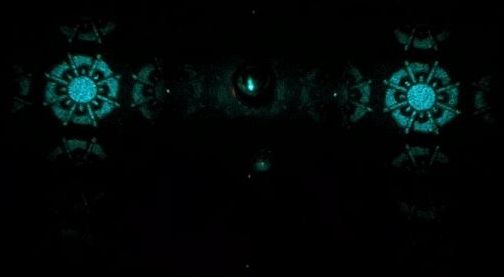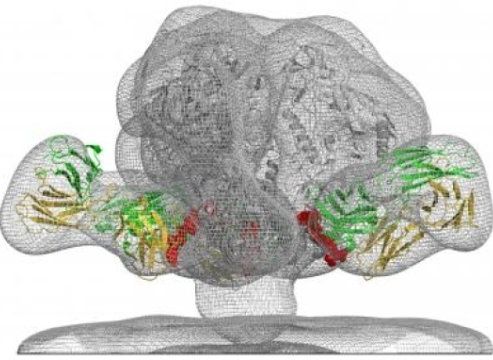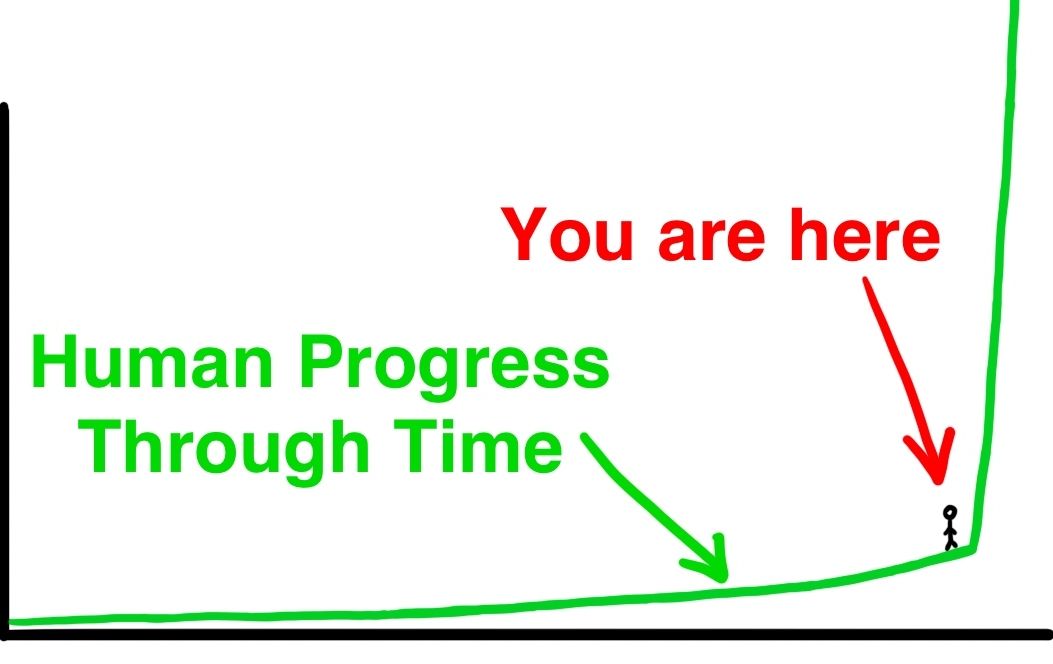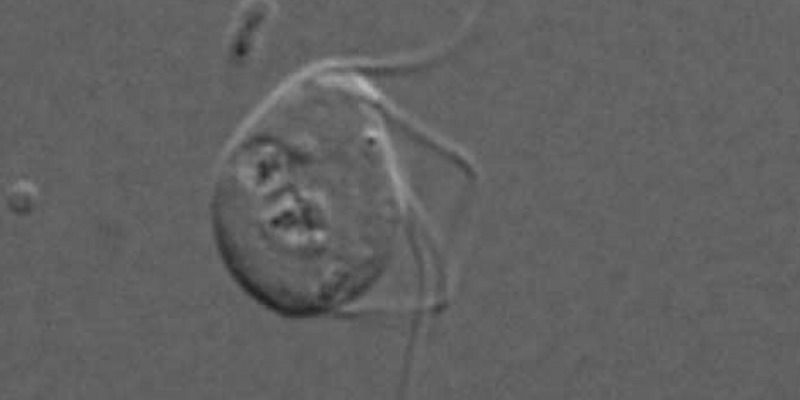May 14, 2016
Physicists measure van der Waals forces of individual atoms for the first time
Posted by Karen Hurst in categories: nanotechnology, particle physics
Abstract: Physicists at the Swiss Nanoscience Institute and the University of Basel have succeeded in measuring the very weak van der Waals forces between individual atoms for the first time. To do this, they fixed individual noble gas atoms within a molecular network and determined the interactions with a single xenon atom that they had positioned at the tip of an atomic force microscope. As expected, the forces varied according to the distance between the two atoms; but, in some cases, the forces were several times larger than theoretically calculated. These findings are reported by the international team of researchers in Nature Communications.
